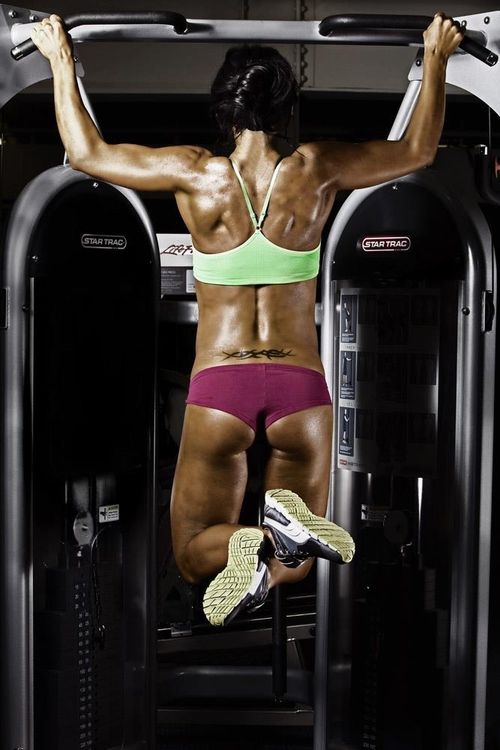
Ed. Note: In today’s PT Intel, physio Tyler Farwell shares 20 signs that you are over-training, and how best to monitor when you are cutting gains by training too much. Tyler is a Certified Strength and Conditioning Specialist (CSCS), a Strength and Conditioning Coach Certified (SCCC) for the Collegiate Strength and Conditioning Coaches Association, a Level 1 Sports Performance Coach via USA Weightlifting, and holds a B.S. in exercise science from Illinois State University, as well as holds his Masters of Science in Kinesiology from ISU, where he also worked with the varsity sports teams. In other words, he knows his s***! Currently you can find him at Jaguar Therapeutics at two locations in South Florida.
The presence of overtraining in athletes and managing the training process has become an important aspect of elite level training. As science has shown us, training harder may not be as beneficial as training smarter. With that being said, if you can combine training hard and smart by monitoring the training process, you can have amazing results.
Let’s take a second to define overtraining, “Overtraining is an adaptive strategy by the body designed to minimize the impact of a chronically excessive level of allostatic load.”
Allostatic load is the cost of maintaining homeostasis (adaptation) in the face of physiological and psychological demands. Before we go any further let’s discuss the differences between overtraining and overreaching as the two can often be confused.
Overreaching vs Overtraining
Overtraining is a chronic condition brought about through continued high intensity training without adequate recovery and can take weeks or months to overcome.
Overreaching is an acute response and may be overcome in a matter days or a week.
While overreaching may be warranted in certain situations to elicit a training effect, overtraining is never desired. In simple terms, you are only as good as what you can recover from.
According to USA Triathlon, potential symptoms of overtraining may include one or a combination of the following:
Physical Changes that indicate possible overtraining:
1. Unintended weight loss or weight gain
2. Persistent increase in muscle soreness, even with standard/easy to moderate effort workouts
3. Increase in Resting Heart Rate by more than 5 beats per minute
4. Slower than normal recovery of heart rate after a hard effort
5. Lingering muscle and joint pain
6. Swollen lymph nodes or “glands”
7. GI problems — specifically, diarrhea or constipation
8. Minor abrasions heal slowly
9. “Heaviness” or “sluggish feeling” that lasts for more than 24 hours after standard workouts
10. A decrease in physical performance, particularly, during standard workouts
Emotional Changes that indicate possible overtraining:
1. Loss of joy for competition
2. Desire to quit
3. Loss of general enthusiasm
4. Easily irritable or heightened impatience or annoyed by otherwise normal interactions with others
5. Complaints of being bored
Behavioral Changes that indicate possible overtraining:
1. Loss of ability to concentrate for long periods of time
2. Loss of appetite
3. Loss of coordination
4. Loss of libido
5. Changes in sleep habits or inability to get quality sleep or unable to sleep
We have determined that there are many signs and symptoms of overtraining. So this brings about the question–
How do we monitor overtraining?
There are many methods of monitoring available on the market with the OmegaWave probably being the most comprehensive; the system will give assessments for heart rate variability (HRV), energy metabolism, neuromuscular system, sensorimotor system and power work capacity.
More economic tools that only measure heart rate variability (HRV) such as ithlete, can give us some insight to the function of the cardiac and autonomic nervous system to help determine your state of readiness. Other methods such as resting heart rate, jump tests and grip strength tests can give information on the readiness level of the athlete as well.
As with any monitoring, it must be performed on a consistent basis in order to form a trend. While a single measure on the OmegaWave may be enough to determine if you are overtrained, the other methods need to be combined with other information in order to make an educated guess as to whether an athlete is overtrained.
Long story short, monitor your training, trust your body and learn the training process.